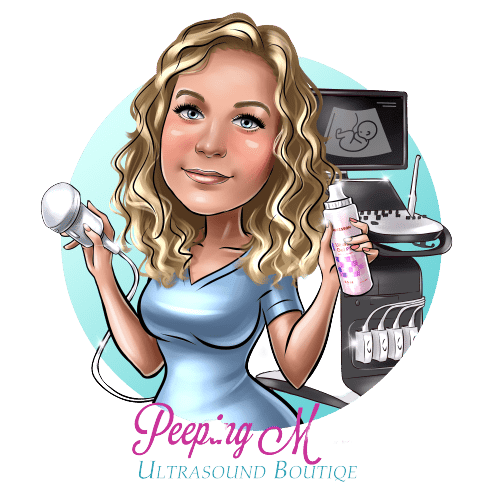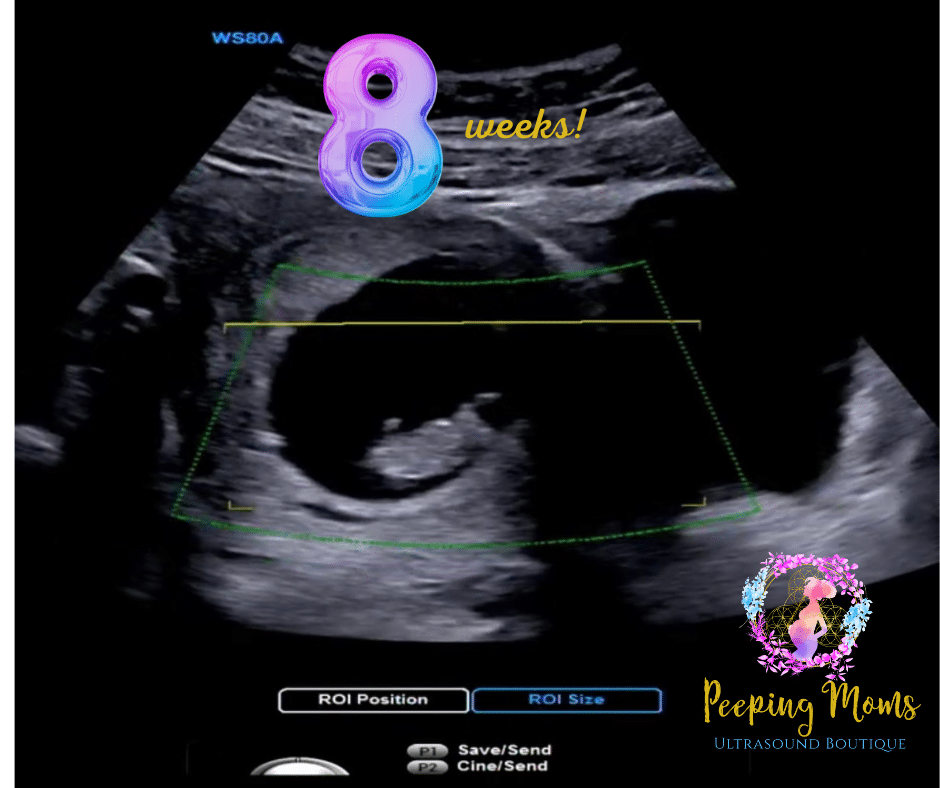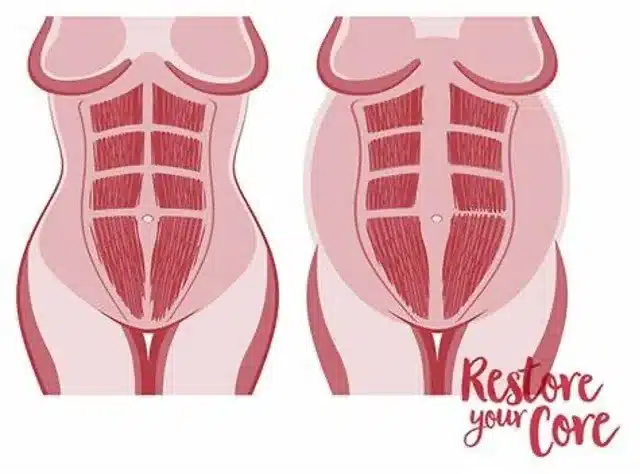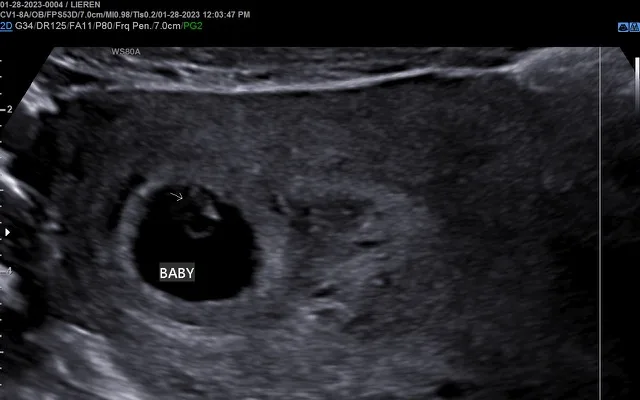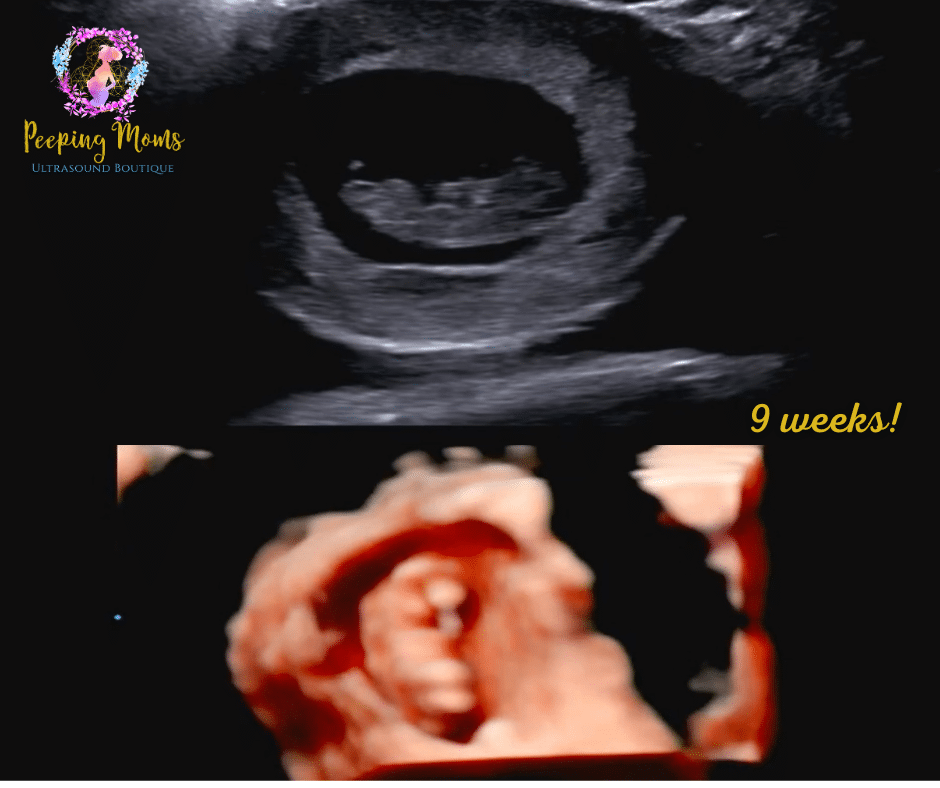
During the 9th week of pregnancy, your baby’s growth and development continue to progress rapidly. Here are some key aspects of your baby’s growth during this stage:
- Size and Appearance: At 9 weeks, your baby is growing quickly and measures around 0.9 to 1 inch (2.3 to 2.5 centimeters) in length. They are roughly the size of a cherry or a grape. While still small, your baby’s body is becoming more defined, with the head comprising a significant portion of their overall size.
- Facial Features: Your baby’s facial features are becoming more refined and recognizable. Their eyes, which were initially on the sides of the head, are gradually moving closer together. The eyelids are developing, covering the eyes and protecting them. The nose, lips, and ears are becoming more distinct as well.
- Limb Development: At 9 weeks, your baby’s limbs continue to grow and become more proportionate. Their arms and legs are elongating, and the hands and feet are taking shape. Fingers and toes are more defined, with separate digits now clearly visible.
- Organ Development: The major organs have formed by this stage, and they are beginning to function. The heart is fully developed and beating at a rapid pace. The liver and pancreas are producing essential hormones, while the kidneys are functioning and starting to produce urine. The intestines are also growing and starting to move into the abdominal cavity.
- Muscular Movements: Your baby’s muscles are developing further, allowing them to make more purposeful movements. While these movements are still small and uncoordinated, your baby may be seen flexing their limbs or even making small kicks during an ultrasound, although you may not feel them yet.
- Facial Expressions: The facial muscles are becoming more refined, allowing your baby to make various facial expressions. While you can’t see them yet, your baby may be practicing their cute smiles or grimaces.
- Bones and Cartilage: Your baby’s bones are continuing to ossify (harden), although they are still quite soft and pliable. Cartilage is present in many parts of their body, allowing for growth and flexibility.
- External Genitalia Development: During the 9th week, your baby’s external genitalia are forming, but it may still be too early to determine their sex via ultrasound. The development of male and female genitalia follows a similar pattern until around week 12.
Remember that each pregnancy is unique, and these milestones are approximate. If you have any questions or concerns about your baby’s growth or development, it’s always best to consult with your healthcare provider for personalized guidance and reassurance.
Fun Facts at 9 Weeks Gestation
- Sex Differentiation: While the external genitalia may not be visible yet, the fetus’s sex has already been determined at the chromosomal level.
- Unique Fingertips: The fetus’s fingers are growing and developing unique fingerprints, which will remain the same throughout their life.
- Webbed Toes: The toes of the fetus are still webbed together at this stage, and they will gradually separate as the pregnancy progresses.
- Hearing Begins: The tiny structures of the inner ear start to develop, marking the beginning of the baby’s ability to detect sounds, even though they are still surrounded by amniotic fluid.
9 Week Ultrasound at Peeping Moms Ultrasound Boutique
https://www.youtube.com/watch?v=LI8VU7uNDa8
Check out our website for more weekly blogs! https://peepingmomsultrasoundboutique.com/
